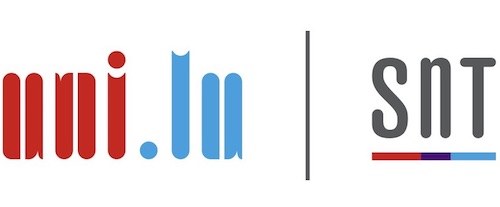The Framework of Security-Enhancing Friction: How UX Can Help Users Behave More Securely
Interdisciplinary Research Group in Socio-technical CybersecurityThe Framework of Security-Enhancing Friction: How UX Can Help Users Behave More SecurelyVerena Distler, Gabriele Lenzini, Carine Lallemand, and Vincent KoenigAbstract:A growing body of research in the usable privacy and security community addresses the question of how to best influence user behavior to reduce risk-taking. We propose to address this … Continued
